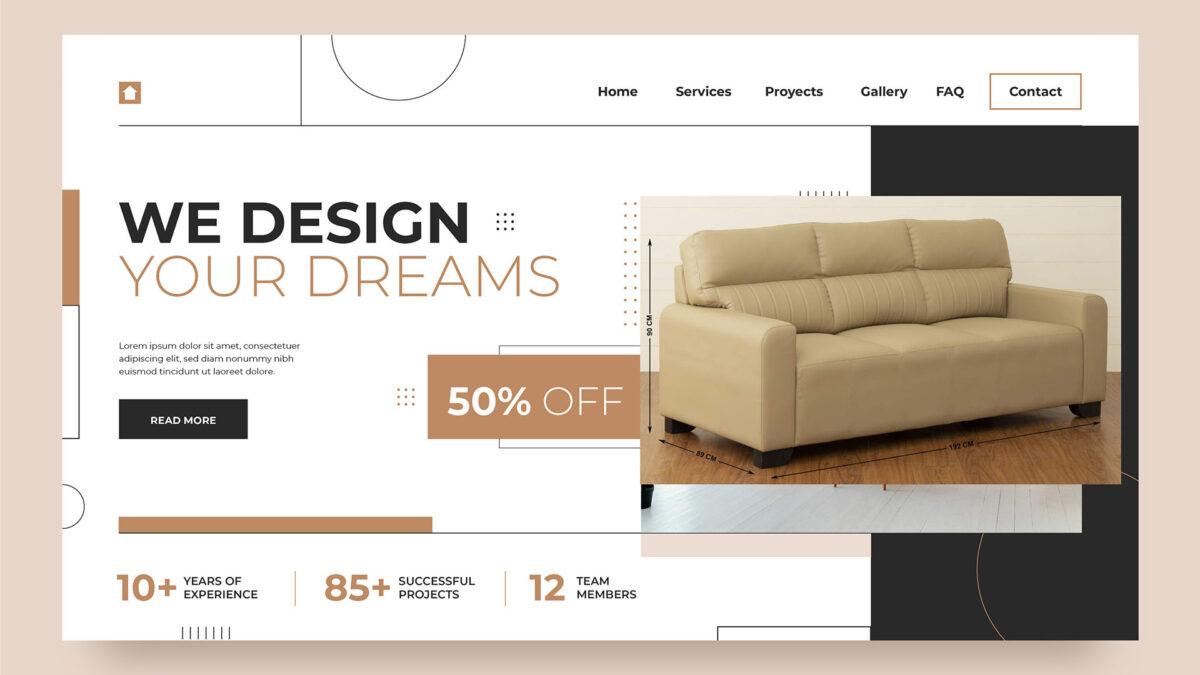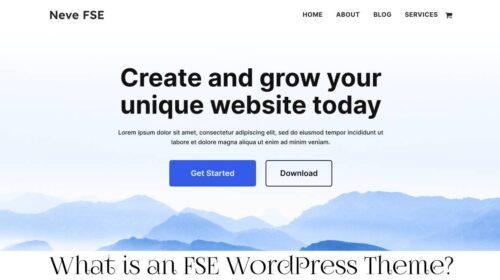
The Power of Minimalist Web Design: Less is More
In today’s fast-paced digital landscape, where attention spans are dwindling, web design has evolved to embrace simplicity and minimalism. Minimalist web design focuses on eliminating unnecessary elements and streamlining the user interface to enhance usability and create a seamless user experience. In this article, we will explore the minimalist design approach and discuss its benefits in creating clean, uncluttered websites that prioritize essential elements.
Understanding Minimalist Web Design
Minimalist web design can be summed up by the famous mantra “less is more.” It revolves around the concept of simplicity, where every element on a webpage has a purpose and contributes to the overall user experience. The key principles of minimalist design include:
- Simplified Layouts: Minimalist websites often feature clean and organized layouts, with ample white space and balanced use of negative space. This allows the user’s attention to focus on the essential elements and avoids overwhelming them with unnecessary visual clutter.
- Crisp Typography: The choice of typography plays a crucial role in minimalism. Sans-serif fonts with clean lines and ample spacing are commonly used to enhance readability and maintain a sleek aesthetic.
- Limited Color Palette: Minimalist design favors a restrained color palette, often using neutral or monochromatic tones. This approach creates a sense of elegance and allows important elements, such as calls-to-action or key content, to stand out.
Benefits of Minimalist Web Design
- Enhanced User Focus: By eliminating distractions and unnecessary elements, minimalist design directs users’ attention to the core content and key actions. This focus improves user engagement, reduces bounce rates, and increases conversions.
- Improved Usability: Cluttered designs can confuse and overwhelm users, leading to frustration and a negative experience. Minimalist web design simplifies navigation, making it easier for users to find what they need and accomplish their goals effortlessly.
- Faster Loading Times: Minimalist websites tend to have faster loading times because they utilize fewer resources and have smaller file sizes. This results in improved performance, better search engine rankings, and a positive user experience.
- Mobile-Friendly Design: Minimalist design naturally lends itself to responsiveness and mobile-friendly layouts. With the increasing use of smartphones and tablets, designing websites that adapt seamlessly to different screen sizes is essential. Minimalism allows for a consistent and optimized experience across various devices.
- Brand Identity and Aesthetics: Minimalist design can be highly effective in creating a strong brand identity. By focusing on essential elements and employing consistent design principles, companies can establish a distinct visual style that aligns with their brand values.
- Timelessness and Adaptability: Minimalist designs have a timeless appeal that transcends trends. By avoiding excessive ornamentation, they remain relevant and adaptable over time. This allows businesses to invest in a design that will not quickly become outdated.
Minimalist web design has emerged as a popular approach for creating clean, uncluttered websites that prioritize essential elements, usability, and a seamless user experience. By embracing simplicity, minimalist design enhances user focus, improves usability, and contributes to faster loading times. Additionally, it enables businesses to create a strong brand identity and ensures adaptability in a rapidly evolving digital landscape. As attention spans continue to dwindle, the minimalist design approach proves that sometimes, less truly is more in web design.



Leave a Comment